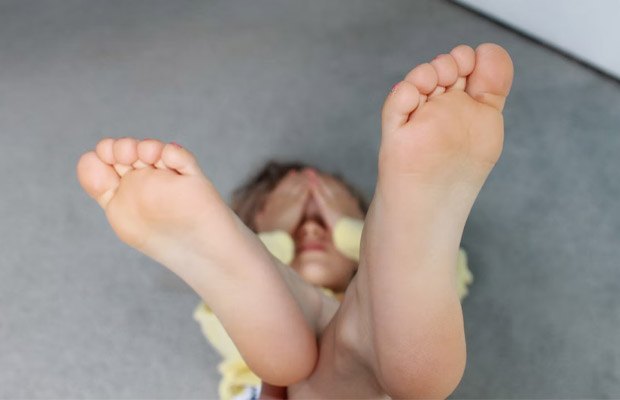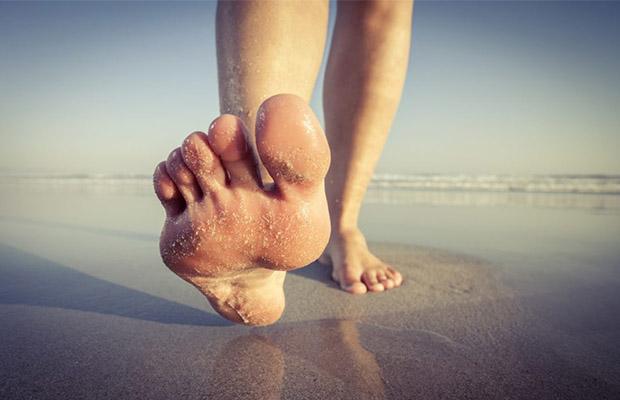Can You Walk Without A Big Toe? Things You Should Know

When ranking the importance of our body parts, people frequently rank their eyes, ears, and possibly even hands; however, what about the big toe? However, there is no doubt that this frequently disregarded limb is significant.
Can you walk without a big toe after a big toe amputation is a question that may come up in the unfortunate situation of needing a big toe amputation. The answer is yes. But there are certainly some changes to your ability to walk. Keep reading and learn more about toe amputation,
Table of Contents
How Important Is Your Big Toe?
When we think of our toes we may wonder what their purpose is, how important they are, why we even have them, and if we could live without them. Your big toes are actually very functional and important parts of our anatomy. Your toes aid in balancing, provide support, and help to bear the weight of your body when you both run and walk; your big toe tends to carry the brunt of the work – twice as much, in fact, than the others combined.
Can You Walk Without A Big Toe?
- After having your big toe amputated, you can walk without it.
- Numerous studies have been done, and while it does affect athletic ability, people can still walk six city blocks with little to no functional loss.
- While you can still walk without your big toe, your other joints, including your ankle, knee, and hip, will now have to carry more of the weight.
- According to studies, some people are not able to compensate well if they have poor muscle mass, are overweight, or are not flexible.
- Obviously, a good orthotic and a pair of podiatrist-recommended shoes would help this more.

Big Toe Amputation Healing Time
- We do inform patients that a big toe amputation typically requires two to three weeks for the skin to heal.
- To be able to walk normally in a pair of shoes again without swelling or drainage issues, it takes an additional 6 to 8 weeks in total.
- The health issues that may have caused your big toe amputation in the first place may make this healing process more difficult.
How To Take Care Of Yourself After Toe Amputation?
Activity
- When you are tired, take a nap. You’ll recover faster if you get enough sleep.
- The amount of weight you can put on your foot and when you can resume your normal activities should be according to your doctor’s recommendations. Use crutches if provided in the manner specified.
- If you can, try to walk each day. Start by taking a few more steps today than you did yesterday. Step up your walking distance little by little. Walking increases blood flow and reduces the risk of blood clots.
- When you walk, you might notice some adjustments to your balance. Over time, your balance will get better.
- During the following three days, whenever you sit or lie down, elevate your foot and leg on a pillow. Make an effort to keep it above your heart level. As a result, swelling will be lessened.
- When you can drive again, ask your doctor.
- Unless your doctor advises against it, you may shower. If the bandage has been removed, you can wash the area with warm water and soap while keeping the bandage dry. Pat the area dry.
- You’ll likely need to take 4 weeks off from work or your regular schedule. Depending on the type of work you do and your general health, you may need to take a certain amount of time off.
Diet
- You can maintain your regular diet. Try bland, low-fat foods like yogurt, toast, broiled chicken, plain rice, and plain if your stomach is upset.
- Right after your surgery, you might notice that your bowel movements are irregular. Try to avoid constipation and bowel movements that require straining; this is common. You might want to consume a fiber supplement daily. Ask your doctor about taking a mild laxative if you haven’t had a bowel movement in a few days.
Medicines
- If and when you can resume your medication, your doctor will let you know. Additionally, you’ll receive instructions on how to take any new medications.
- Ask your doctor if and when you should resume taking any blood thinners you are currently taking, such as aspirin. Make sure you comprehend the exact instructions your doctor has given you.
- obey the directions on your prescription painkillers.
- Take any painkillers your doctor prescribed exactly as directed.
- ASK YOUR DOCTOR IF YOU CAN TAKE AN OTC MEDICATION IF YOU ARE NOT TAKENING A PRESCRIPTION PAIN MEDICATION.
Are Your Other Toes As Important As Big Toe For Running?
The big toe is the most significant of all your toes in relation to one another, with the pinky toe, which is the smallest, performing the least amount of work. There will be very little overall difficulty or effect felt if one is born without their pinky toes or if they lose them. Having said that, the other toes still have a role to play, albeit one that is less significant than that of the larger toes.
More To Explore:
FAQs
Do you need your big toe for walking?
- Although it is challenging to give a definitive answer to this question, in general you do not need your big toe to walk.
- Although it is more challenging to walk without a big toe than with one, it is still possible.
- According to studies, you do have limitations and must ascend through your ankle, knee, hip, and lower back.
Can you walk if you lose your big toe?
- If you lose your big toe, you can still walk.
- However, studies do indicate that you must compensate for the loss of big toe joint function by moving your ankle, knee, and hip.
